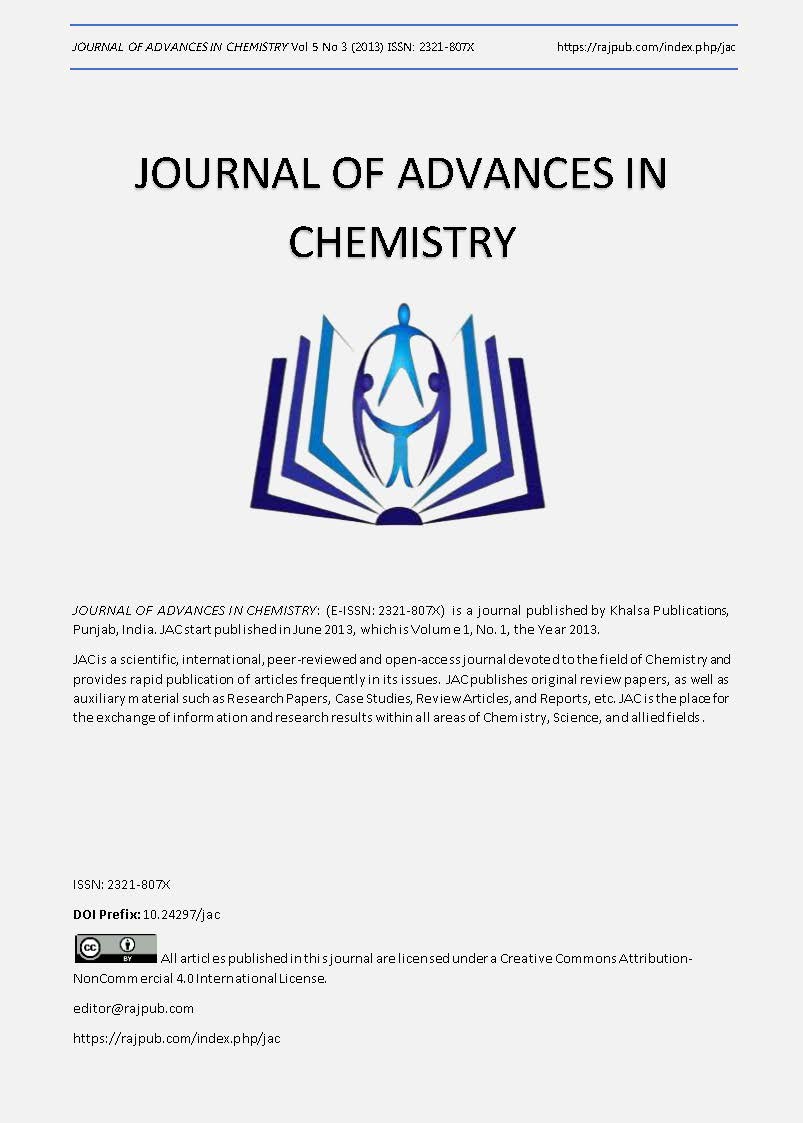Far from Equilibrium Maximal Principle Leading to Matter Self-Organization
DOI:
https://doi.org/10.24297/jac.v5i3.2664Keywords:
Far from equilibrium kinetics, matter self-organization, maximum free energy dissipation, minimum entropy production.Abstract
In this work an extremal principle driving the far from equilibrium evolution of a system of structureless particles is derived by using the stochastic quantum hydrodynamic analogy. For a classical phase (i.e., the quantum correlations decay on a distance smaller than the mean inter-molecular distance) the far from equilibrium kinetic equation can be cast in the form of a Fokker-Plank equation whose phase space velocity vector maximizes the dissipation of the energy-type function, named here, stochastic free energy.
Near equilibrium the maximum stochastic free energy dissipation (SFED) is shown to be compatible with the Prigogine’s principle of minimum entropy production. Moreover, in quasi-isothermal far from equilibrium states, the theory shows that, in the case of elastic molecular collisions and in absence of chemical reactions, the maximum SFED reduces to the maximum free energy dissipation.
When chemical reactions or relevant thermal gradients are present, the theory highlights that the Sawada enunciation of maximum free energy dissipation can be violated.
The proposed model depicts the Prigogine’s principle of minimum entropy production near-equilibrium and the far from equilibrium Sawada’s principle of maximum energy dissipation as two complementary principia of a unique theory where the latter one is a particular case of the more general one of maximum stochastic free energy dissipation.
Following the tendency to reach the highest rate of SFED, a system relaxing to equilibrium goes through states with higher order so that the matter self-organization becomes possible.
Downloads
Downloads
Published
How to Cite
Issue
Section
License
 All articles published in Journal of Advances in Linguistics are licensed under a Creative Commons Attribution 4.0 International License.
All articles published in Journal of Advances in Linguistics are licensed under a Creative Commons Attribution 4.0 International License.




